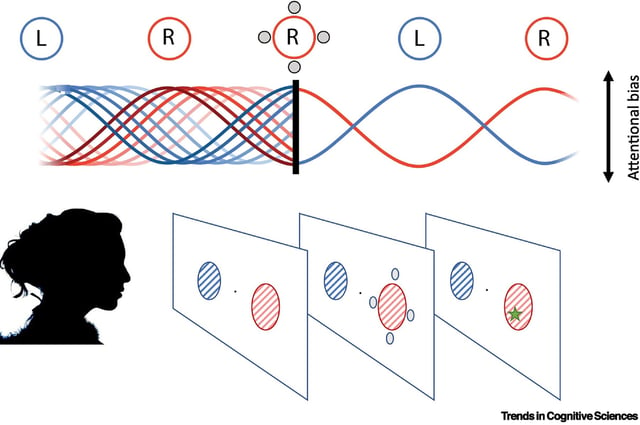Overview
- Attentional sampling proposes that visual focus operates in snapshots at about eight cycles per second, halving to four cycles per second when split between two targets.
- This rhythmic switching between competing stimuli resolves neural competition by taking turns rather than boosting one signal.
- The automatic oscillation persists outside conscious awareness, revealing a covert mechanism for selection even under subliminal visual conflicts.
- Scientists are investigating whether higher-level brain areas or local cortical circuits coordinate these sampling rhythms.
- Ongoing studies aim to leverage rhythmic attention for real-world gains, including enhanced driving safety and more efficient interface design.
